Use of Biological Assessments to Support Water Quality Management: A Primer
In this book, the role of biological assessments in a variety of water quality management program applications is discussed, including reporting on the condition of aquatic biota, establishing biological criteria, and assessing the effectiveness of Total Maximum Daily Load determinations and pollutant source controls. This book provides a brief discussion of technical tools and approaches for developing strong biological assessment programs and presents examples of successful application of those tools. The objective of the Clean Water Act (CWA), and water quality management programs generally, is “to restore and maintain the chemical, physical, and biological integrity of the Nation’s waters.” Although we have achieved major water quality improvements over the past four decades and have reduced the discharge of many toxic chemicals into our nation’s waters, many environmental challenges remain, such as loss and fragmentation of habitat, altered hydrology, invasive species, climate change, discharge of new chemicals, stormwater, and nitrogen or phosphorus (nutrient) pollution. Measuring the condition of the resident biota in surface waters using biological assessments and incorporating that information into management decisions can be an important tool to help federal, state, and tribal water quality management programs meet many of their challenges.
{{comment.content}}
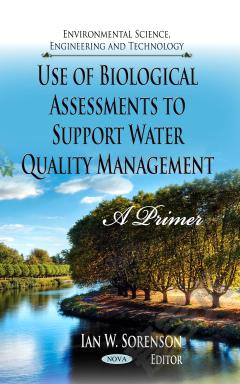
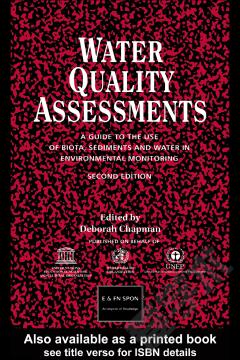
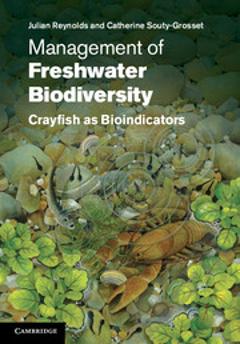
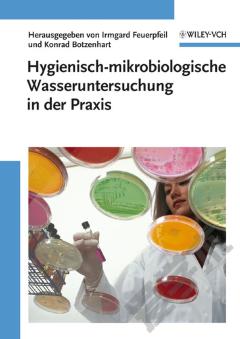
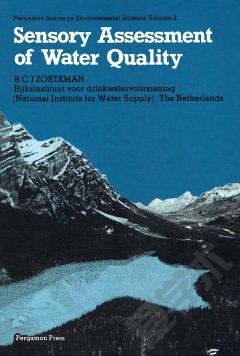



 京公网安备 11010802027623号
京公网安备 11010802027623号